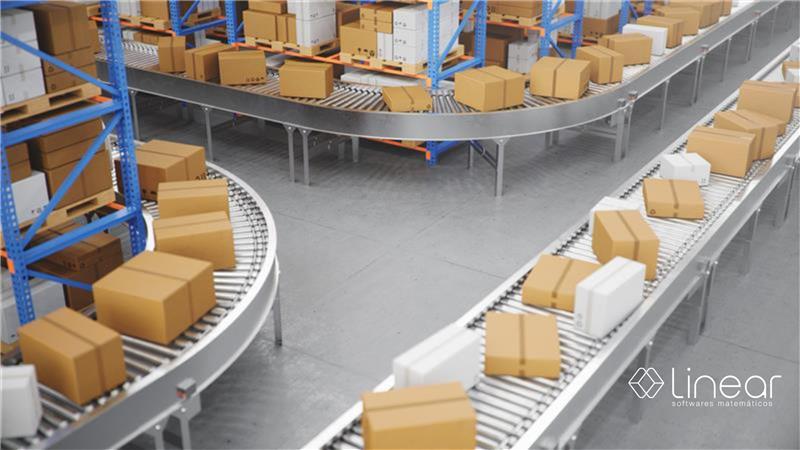Introduction
In today's scenario, sustainability has gone from being a differential to becoming essential. For companies that use Production Planning and Control (PCP), this means adopting strategic practices that balance operational efficiency and reduced environmental impact - a fundamental approach to competitiveness and compliance.
1. The importance of sustainable PCP
According to De Simone et al. (2023), there is growing academic interest in the topic: a bibliometric analysis identified hundreds of studies addressing sustainable PCP, highlighting that the integration of environmental and logistical objectives increases complexity, but is decisive for the industrial transition (MDPI).
In addition, recent research highlights the need for standardized indicators (KPIs) to measure sustainable results and align strategic production decisions (ScienceDirect).
2. Sustainability indicators and frameworks
An effective sustainability model for the PCP must include:
- Carbon emissions (including energy intensity per production batch)
- Water consumption and waste generation
- Efficient use of resources
- Supply chain transparency and social responsibility
The use of methodologies such as Life Cycle Assessment (LCA) helps to measure environmental impacts at all stages, allowing for more assertive decisions that can be communicated to stakeholders.
3. Sustainable planning and scheduling practices
According to LinkedIn experts, companies seeking greater efficiency should adopt:
- Accurate demand forecasting to reduce inventories and waste
- Operational flexibility to minimize setups and downtimes
- Efficient production scheduling in line with environmental targets
- Integrating ESG metrics into the decision-making process, increasing transparency and engagement
These practices allow PCP to be both economical and sustainable, avoiding unnecessary costs and improving environmental performance.
4. Benefits of integrating sustainability into the PCP
Companies that align sustainability with production planning and control gain benefits such as:
- Reduced operating costs through lower resource consumption
- Compliance with regulatory and environmental targets
- Strengthened corporate reputation with clients and partners
- Resilience and competitive advantage in increasingly demanding markets
5. Six steps to a sustainable PCP
1. Set clear goals
Establish KPIs for emissions, consumption and resources.
2. Forecast demand accurately
Use reliable data to avoid overproduction.
3. Optimize resources
Apply process modeling and optimization techniques.
4. Increase flexibility
Adapt operations by reducing setups and wasted energy.
5. Continuous monitoring
Monitor KPIs in real time for quick corrections.
6. Communicating results
Transparency in ESG and stakeholder reports.
Conclusion and Next Steps
Adopting a sustainable PCP is not just a trend - it's a strategic imperative. Companies that structure their production planning and control with a focus on sustainability achieve financial, operational and reputational gains, as well as contributing to a more balanced future.
Do you want to know how to implement these practices in your organization?
Get in touch with the Linear team and find out how we can support your business in building a more efficient and sustainable PCP.



